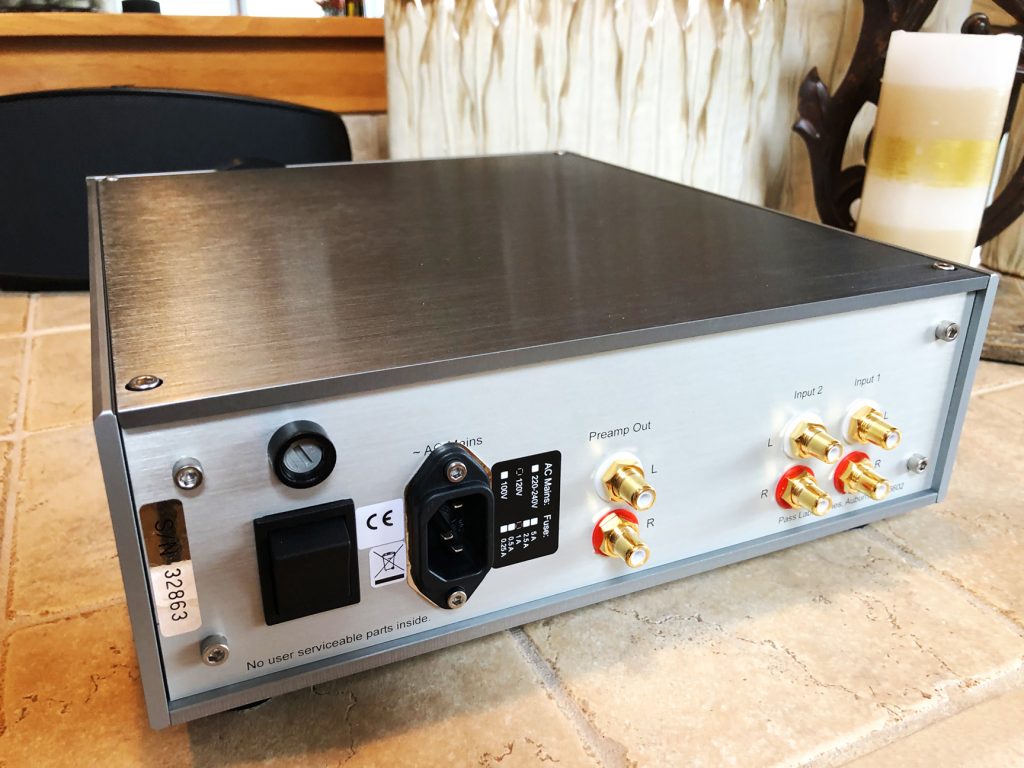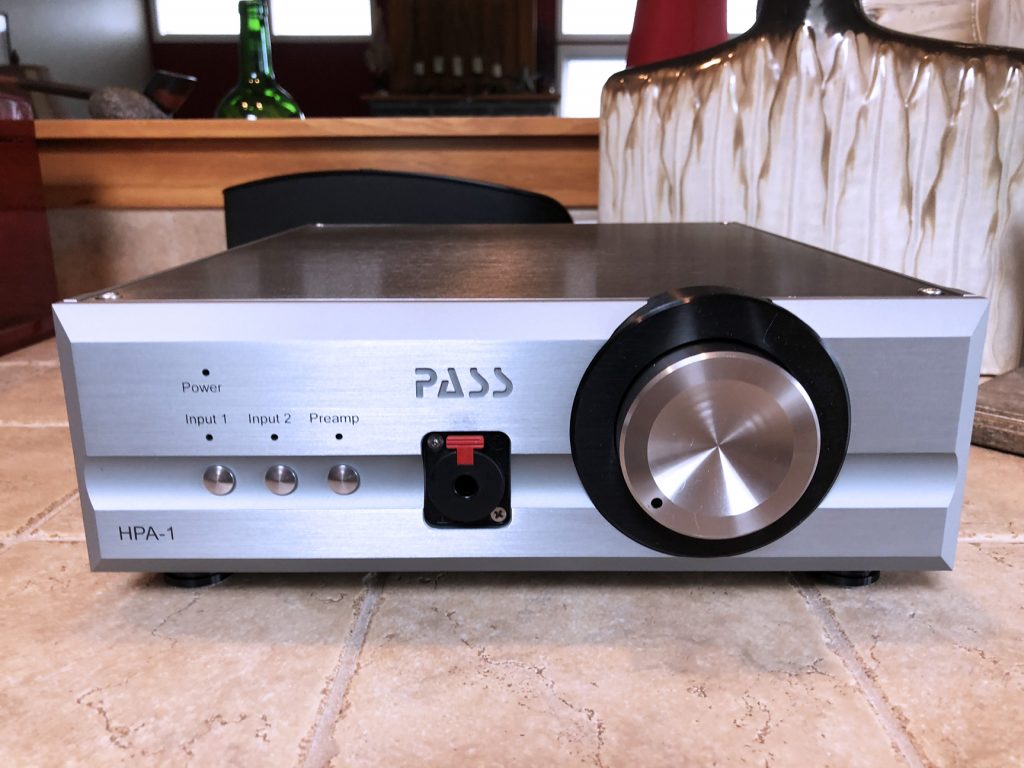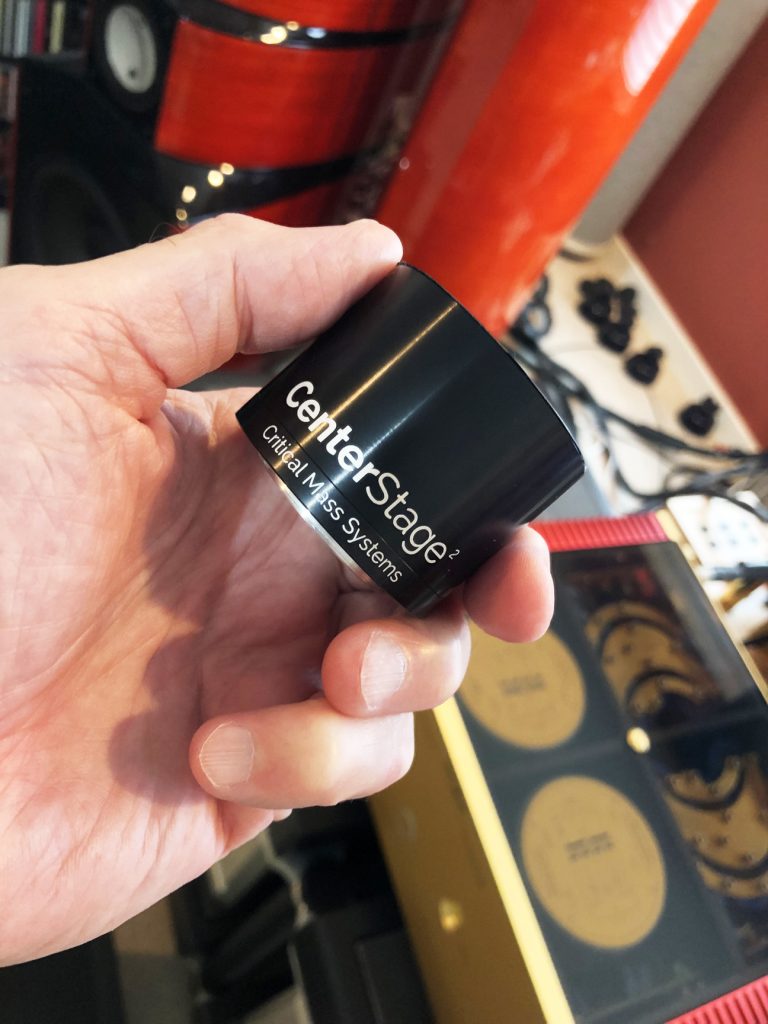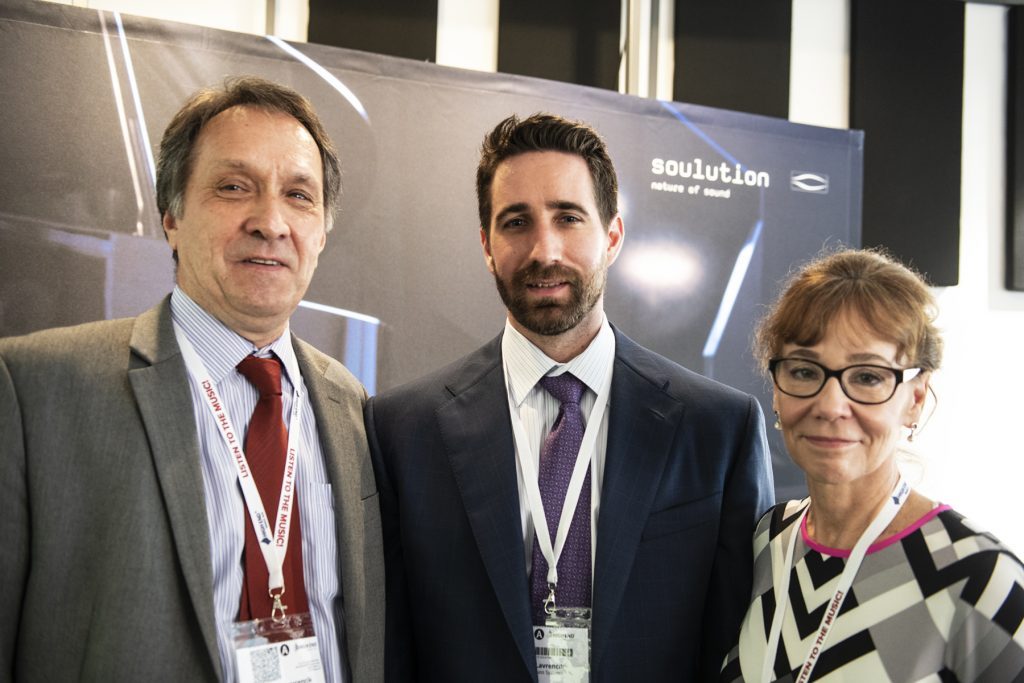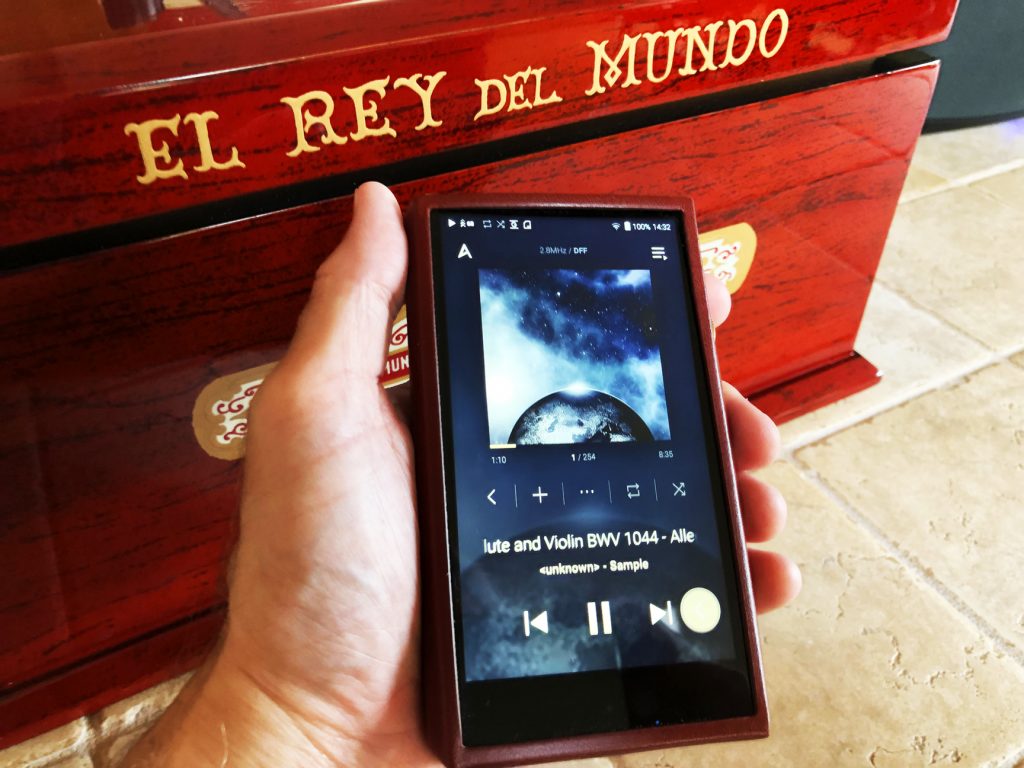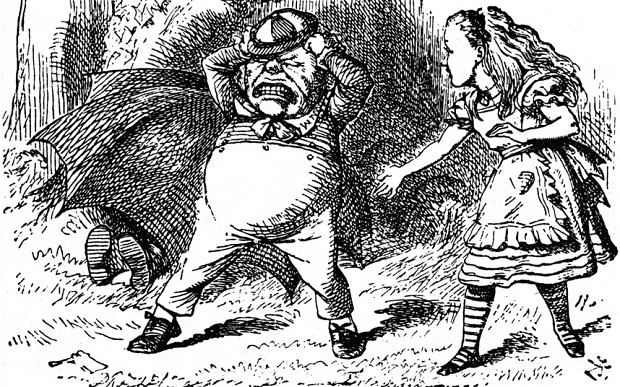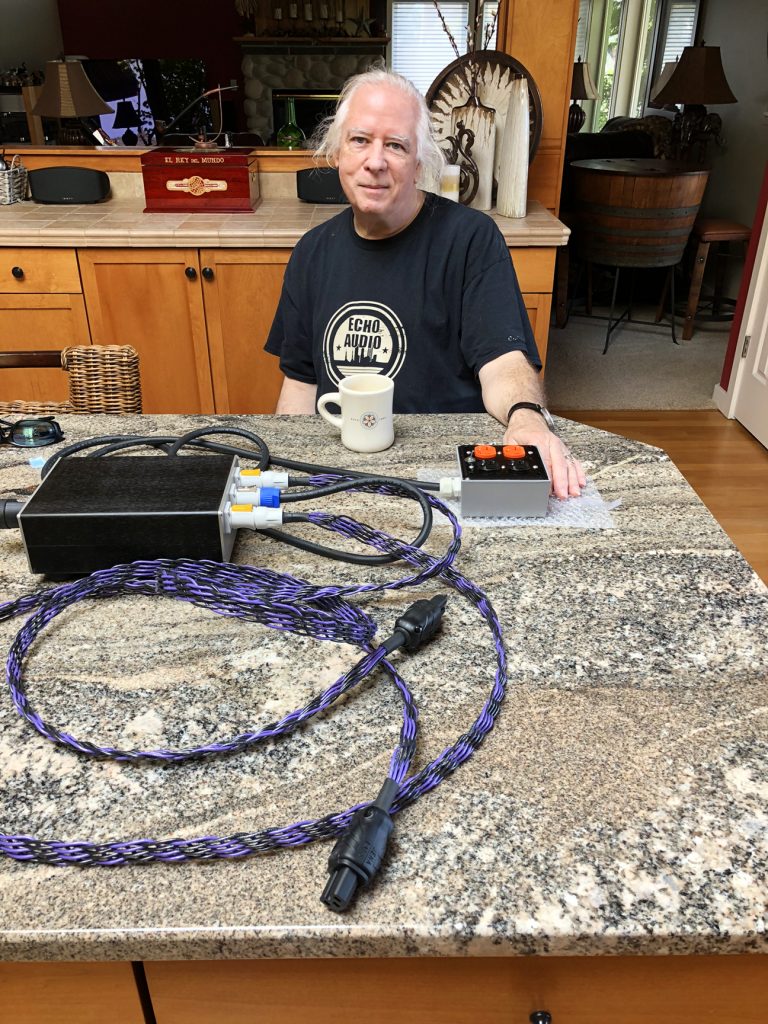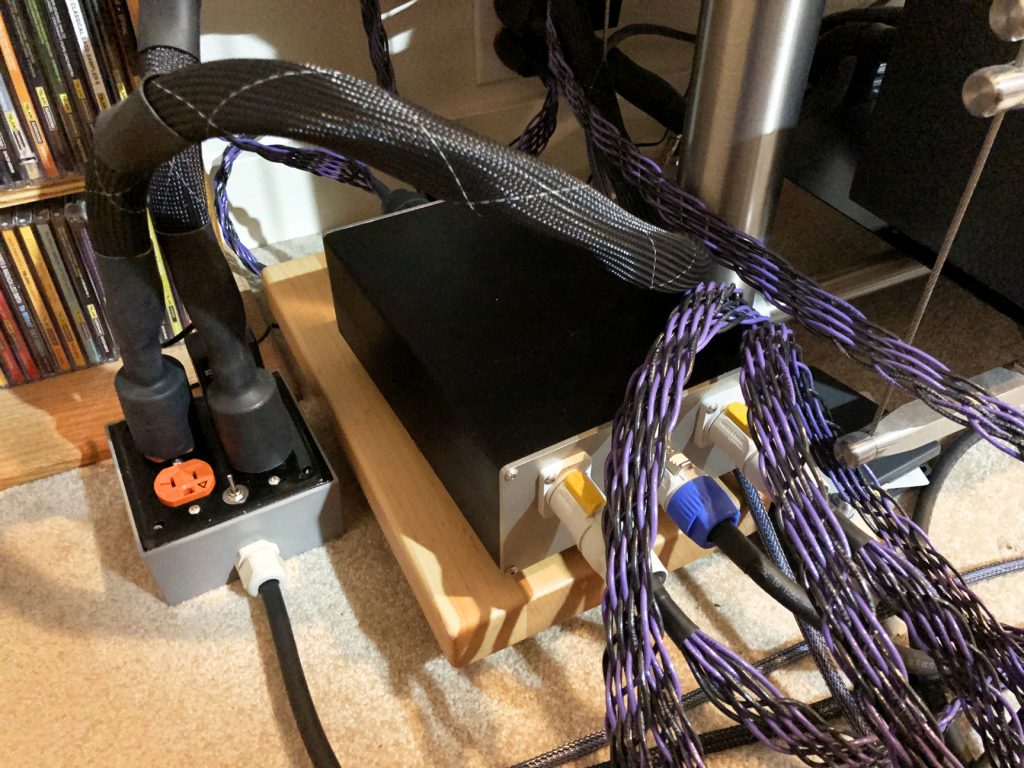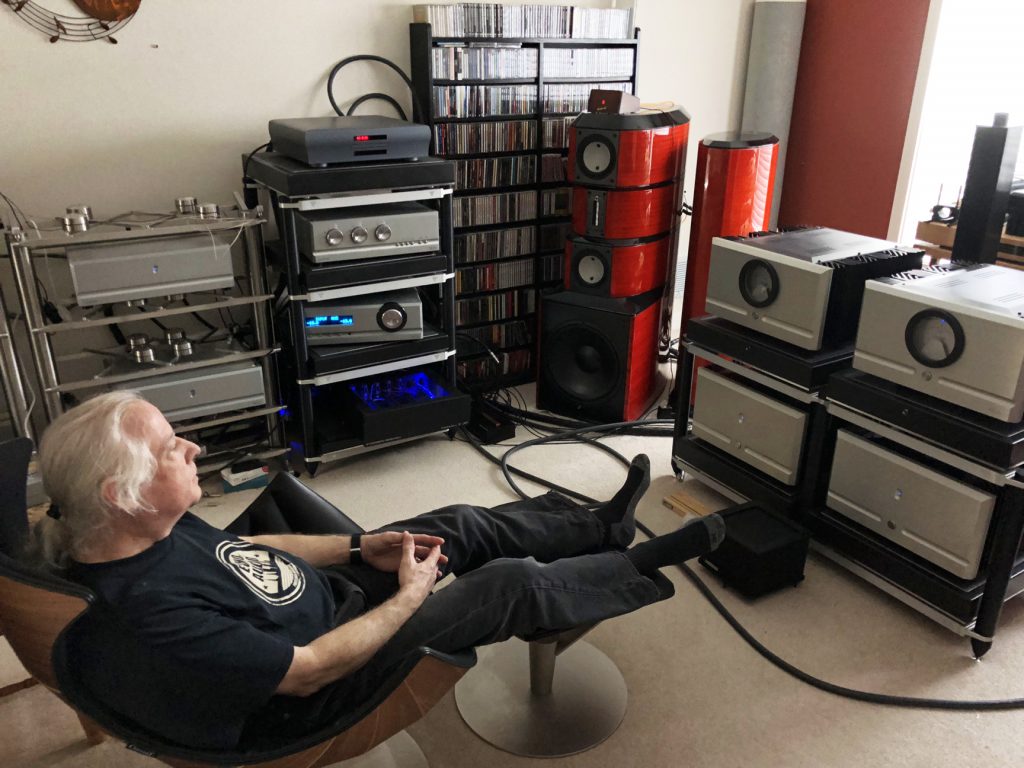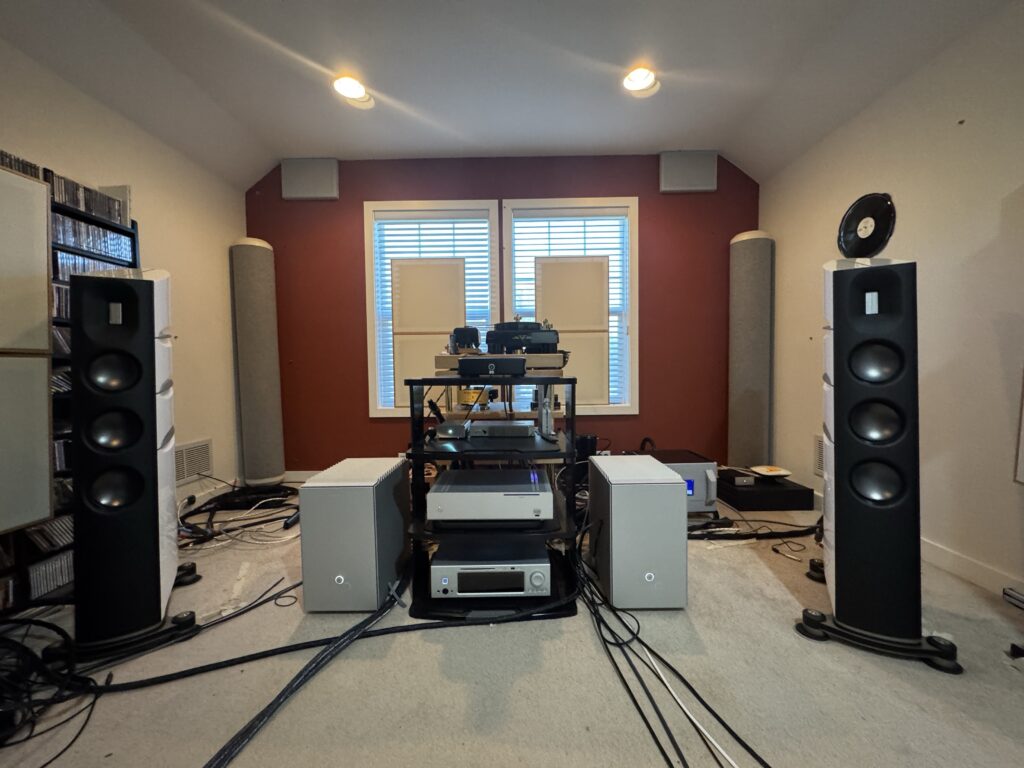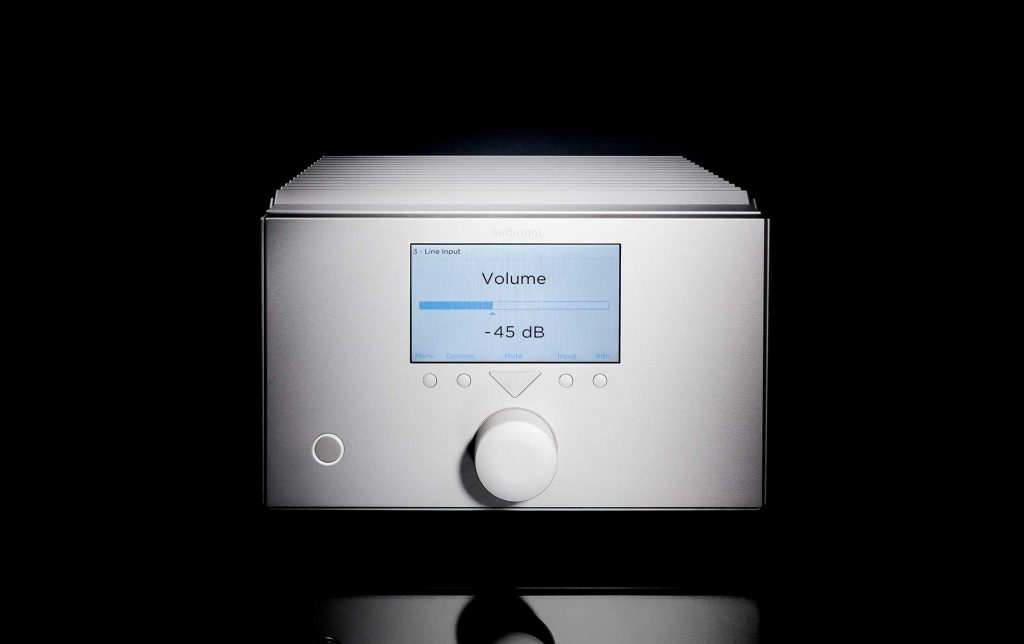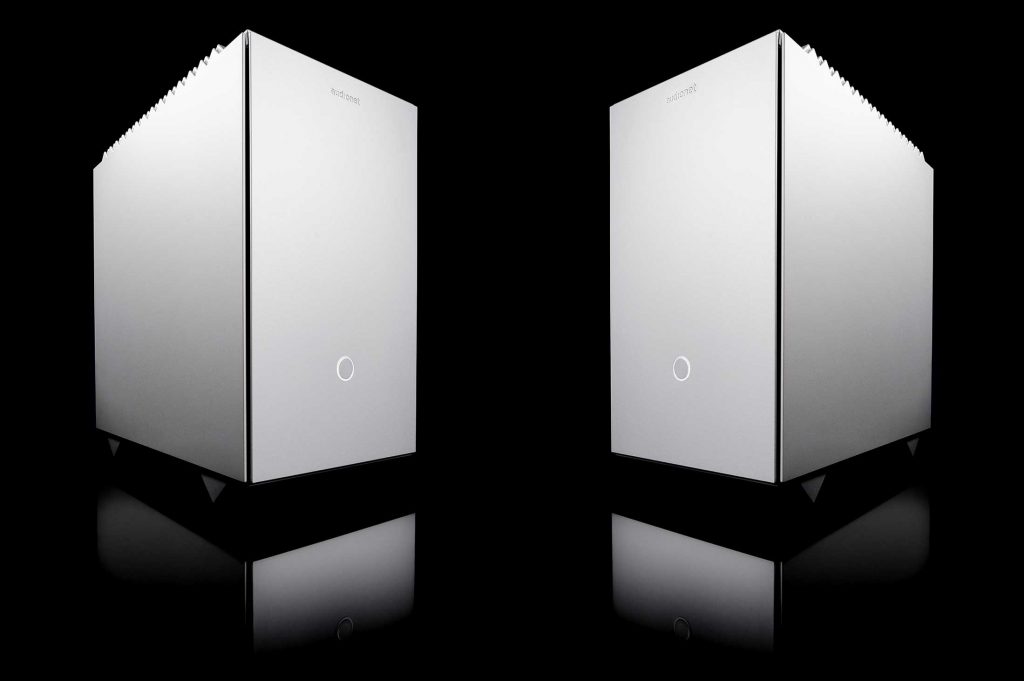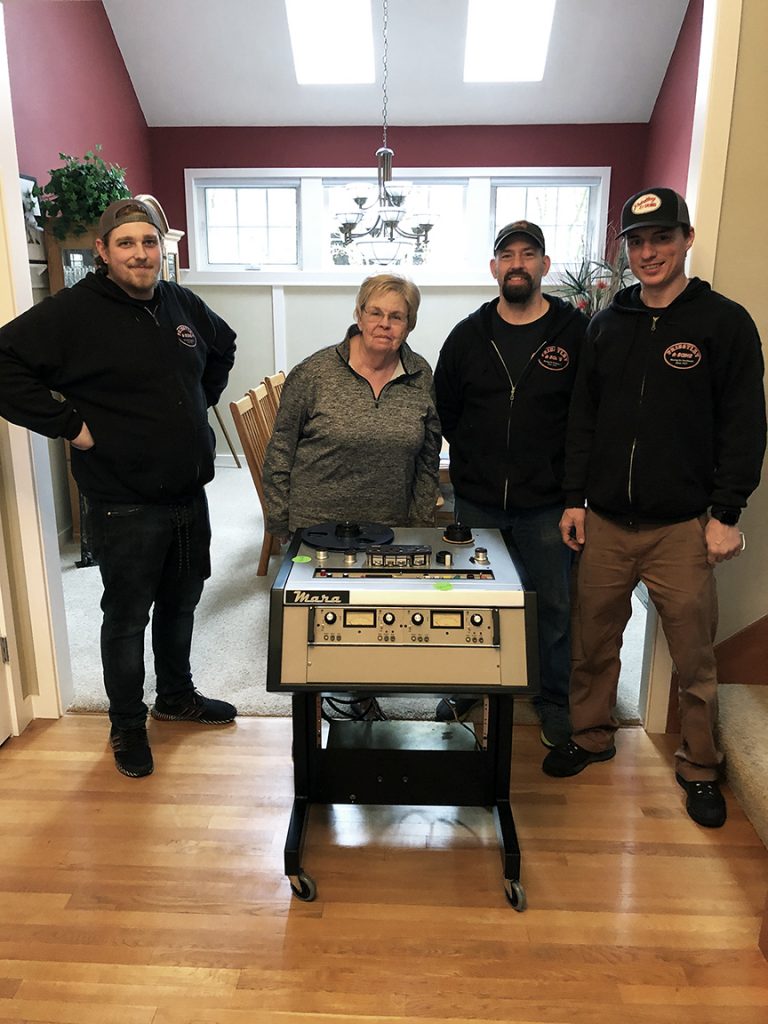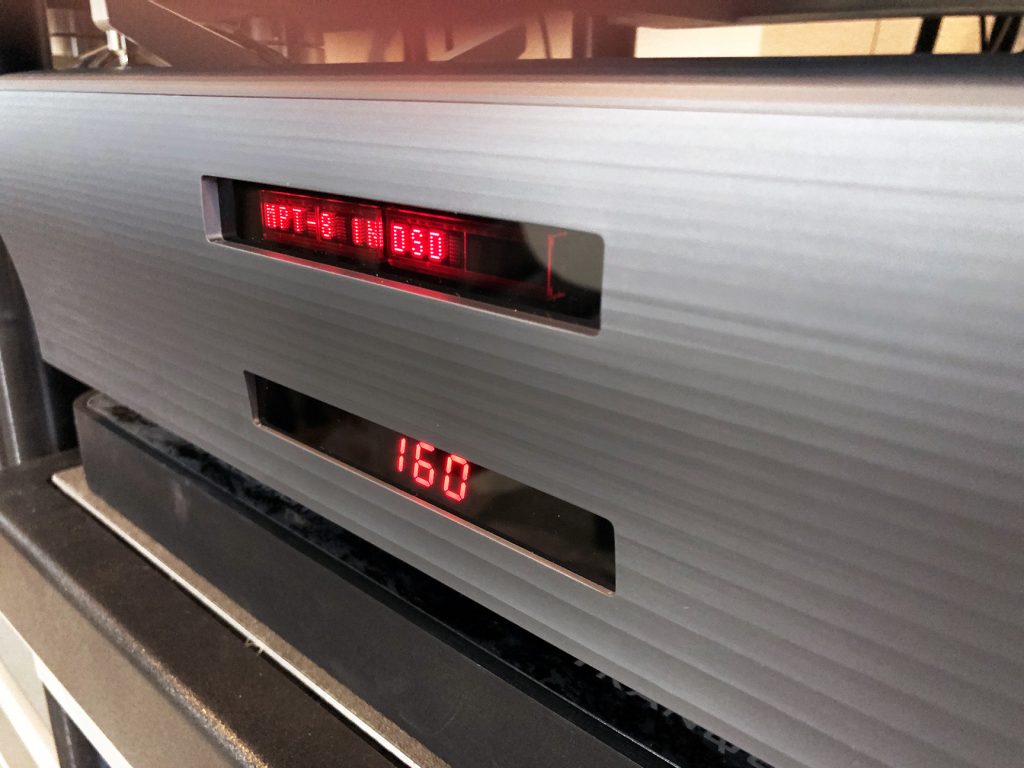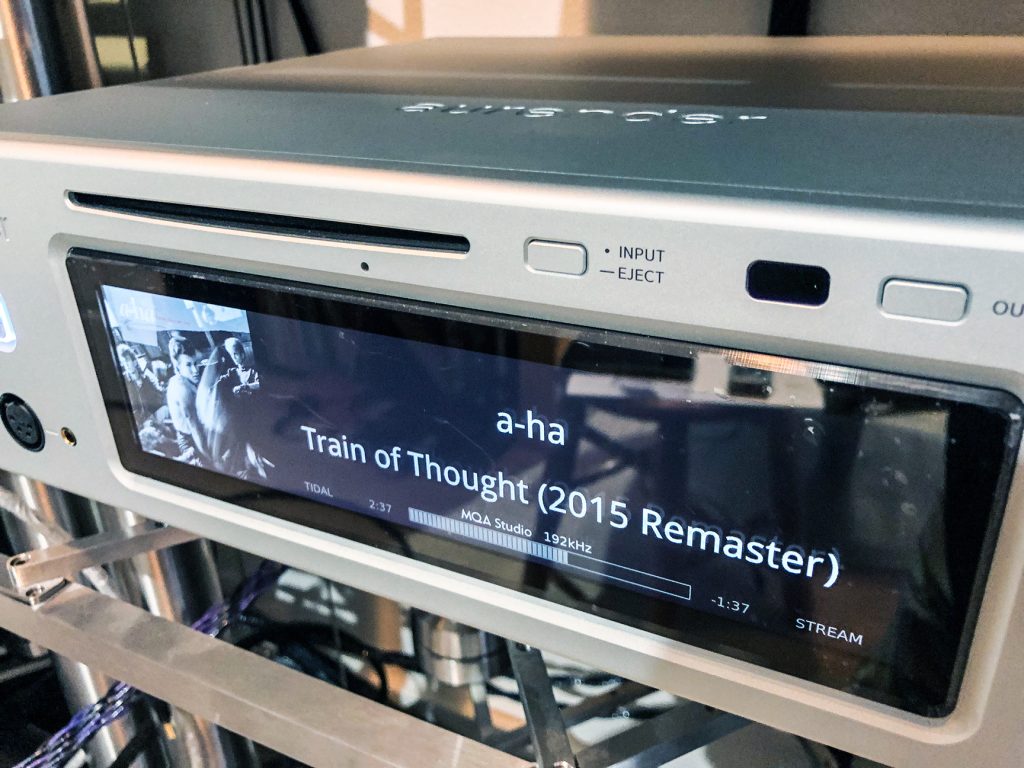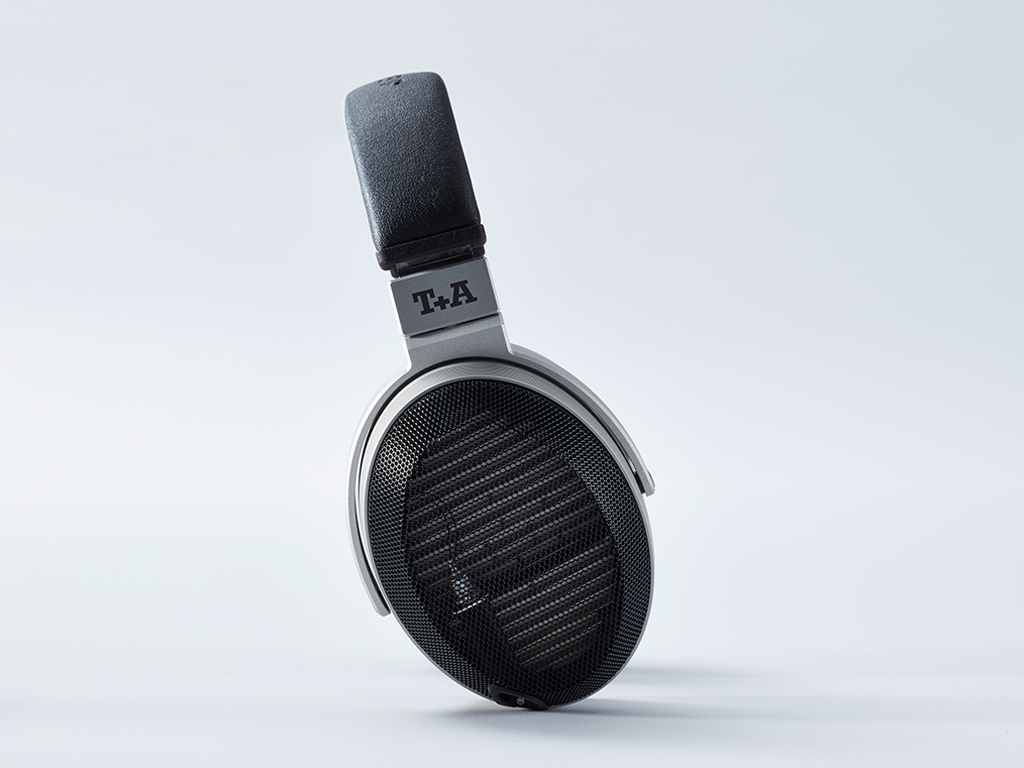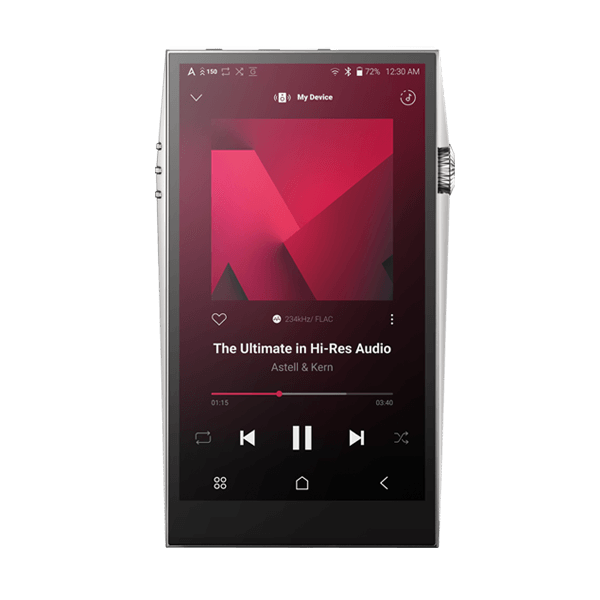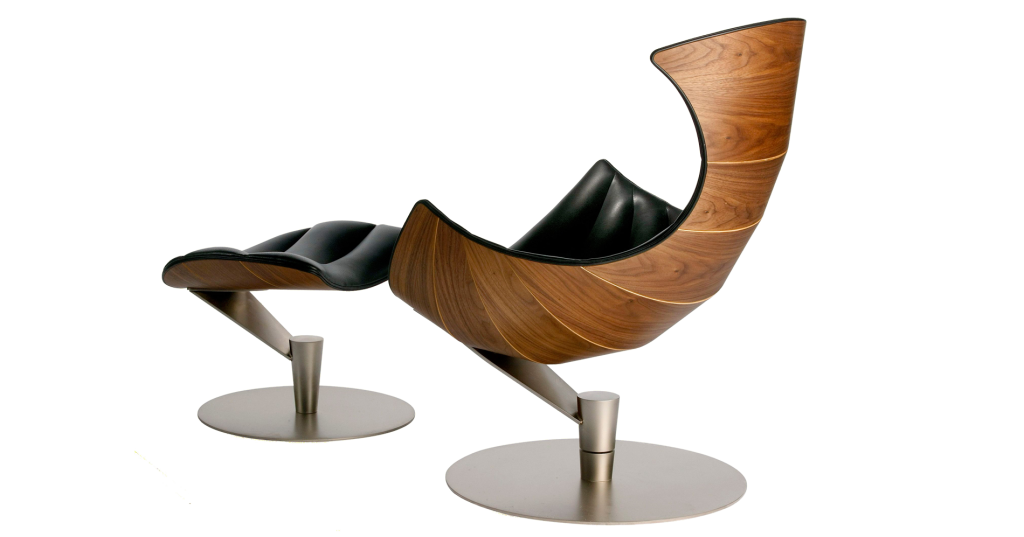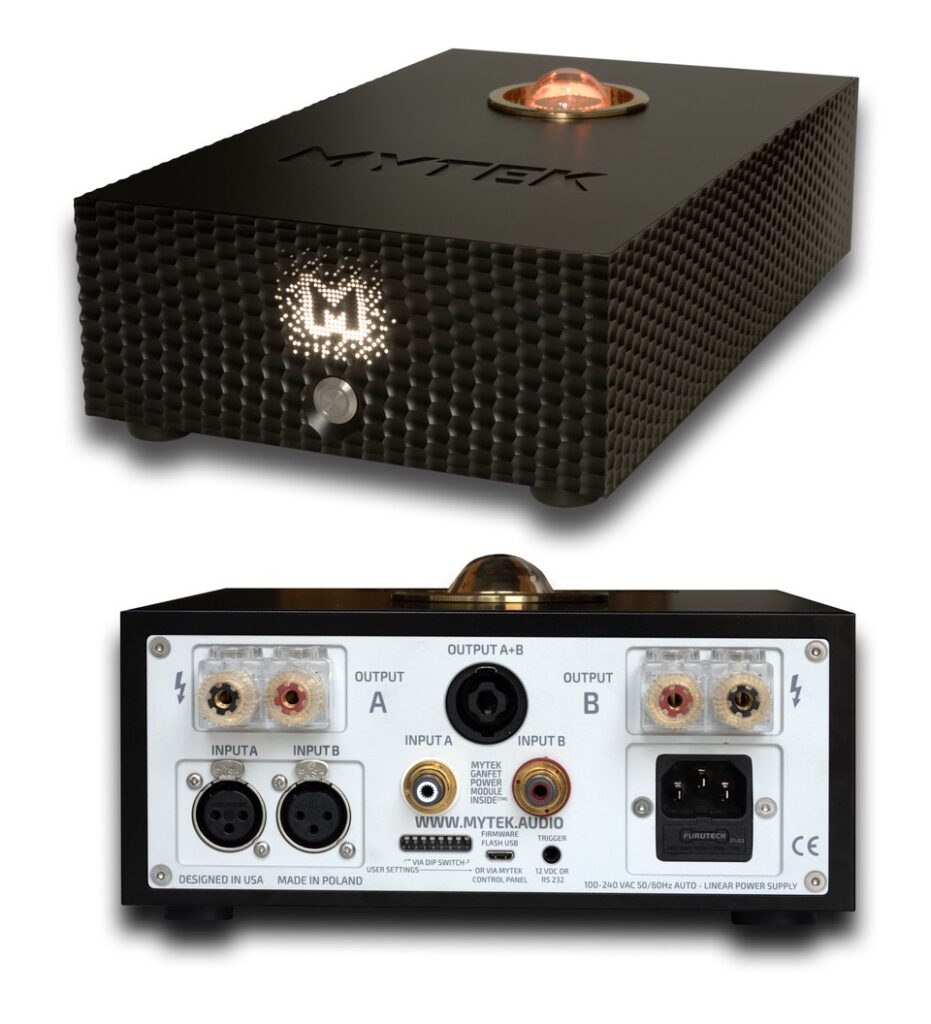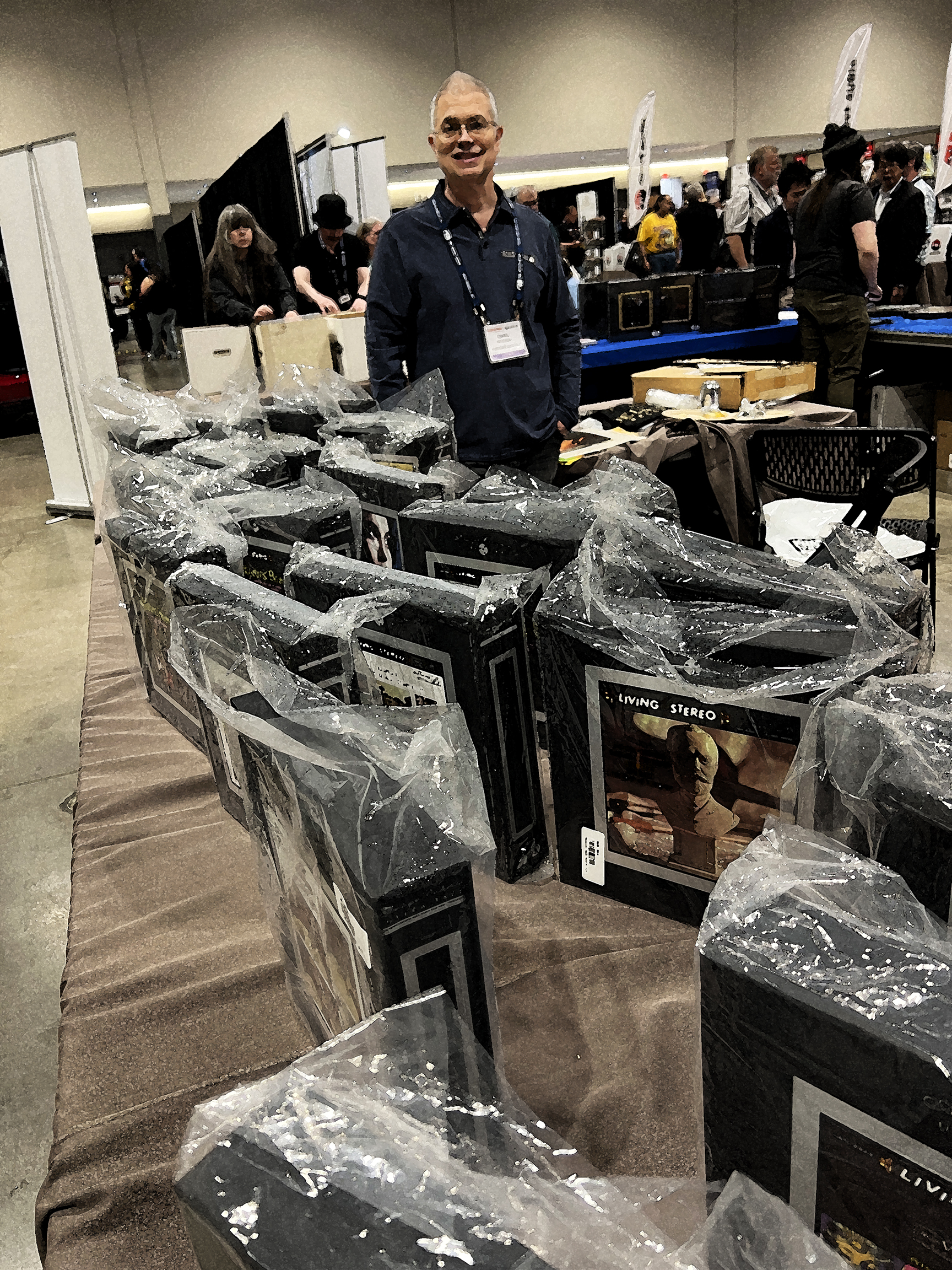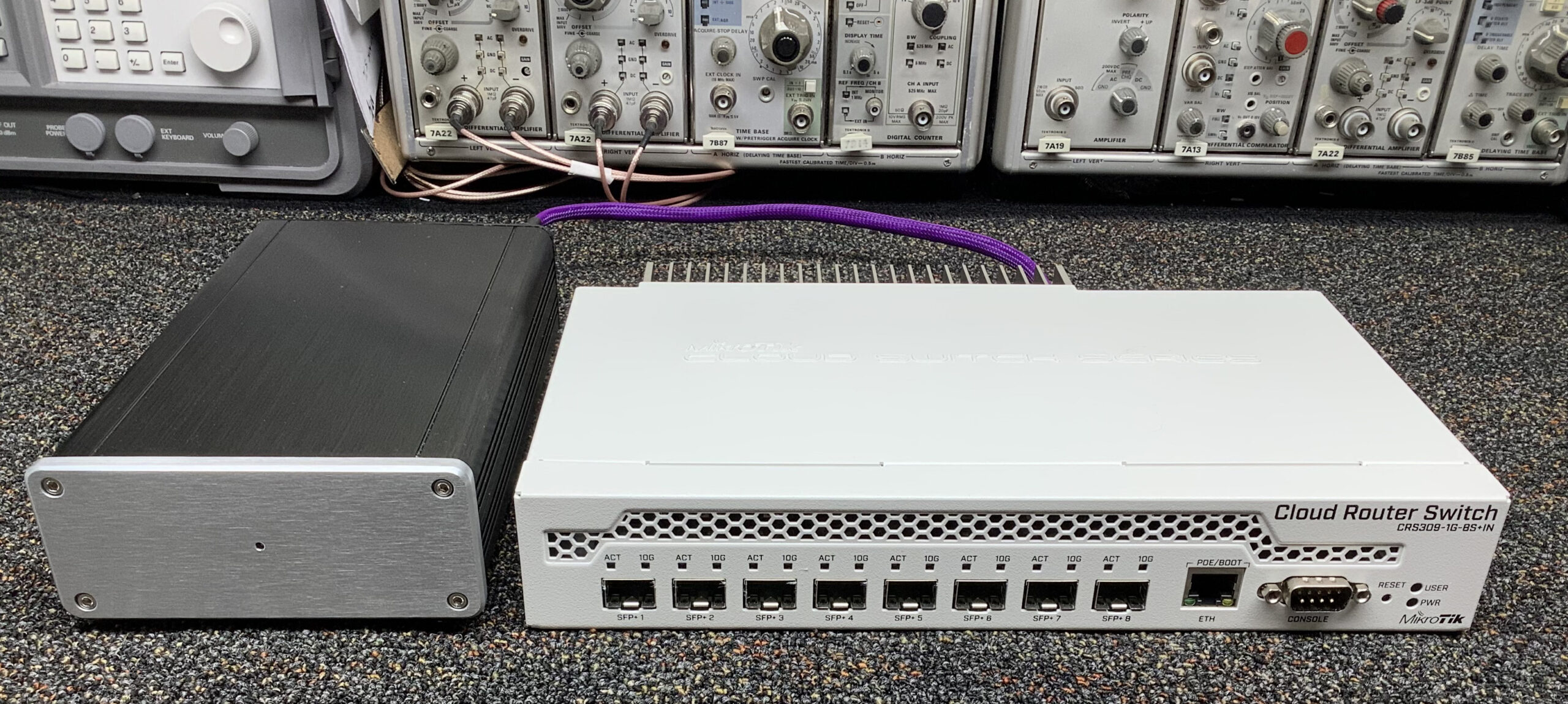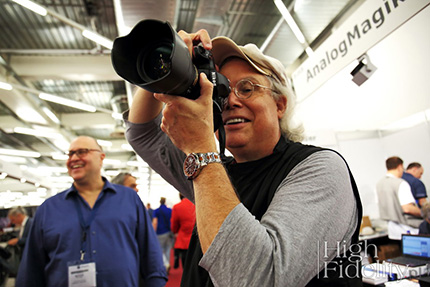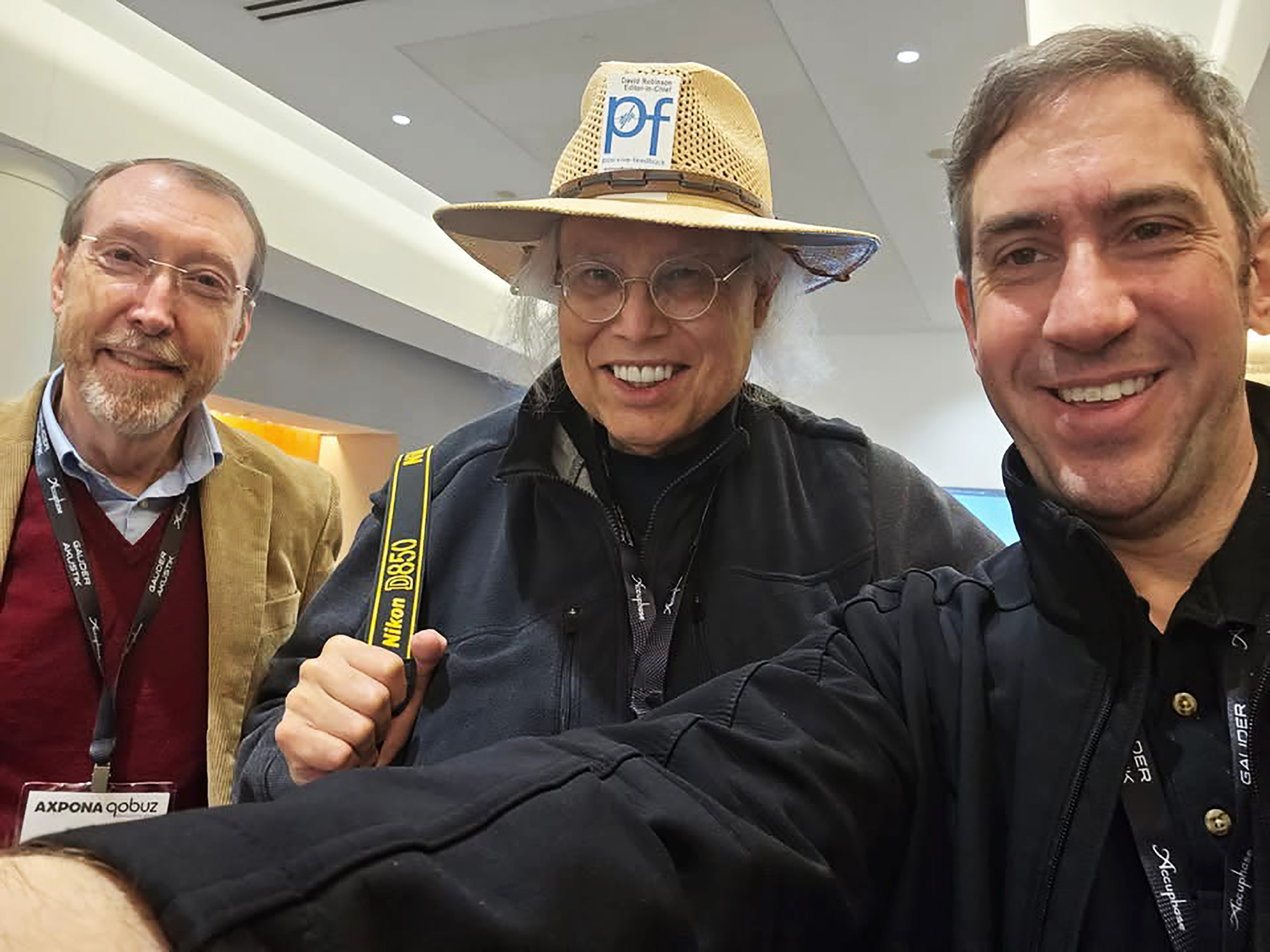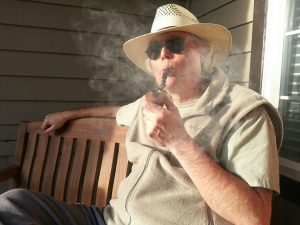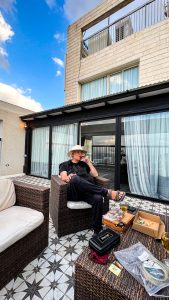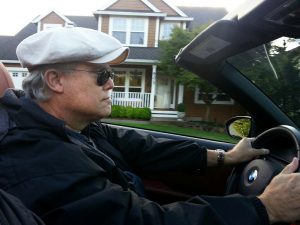David W. Robinson: a portrait by John Robinson
Onwards into Part the Fourth of my Brutus Awards.
PASS Labs HPA-1 Headphone Amplifier
Wait! I'm not done yet with reference headphone amps.
Early in the year, the good folks at PASS Labs sent along their HPA-1 Headphone Amplifier for my evaluation. I was pleased to get it, since I've been nothing but impressed by my extended experience with the PASS Labs Xs reference line of electronics, and wanted to hear how their initial design for headphone amps would perform.
I should remind our readers that my other three Brutus Award-winning headphone amp winners this year…the two-box Ayon Audio SET-based Pure Class A HA-3, the two-box Headamp Blue Hawaii EL-34-based electrostatic amp with NOS Siemens, and the STAX SRM-T8000 one-box hybrid amp, covered in Part the Second of my Brutus Awards for 2018…all had tubes somewhere in the equation.
Not so the PASS Labs HPA-1 headphone amp. This is an all solid-state design.
Being PASS Labs, no one should be surprised that their one entry into the headphone amplifier market should be Class A, have a filtered AC input and hefty toroidal transformer, be well shielded, have low feedback, and be able to drive headphones ranging from 15-600 ohms. As in, "just about anything that's out there." For those seeking assurance across a very wide range of impedances, the HPA-1 provides it.
The HPA-1 supports two inputs, both RCA unbalanced (no balanced input or output), and an unbalanced pass-through to an external preamp. It features a power switch up front, and has a ¼" (6.35mm) stereo jack for headphone output there, as well. The volume control is enormous, ergonomic, and of continuous smooth action…no detents.
Rear view of the PASS Labs HPA-1
PASS Labs make it abundantly clear that they consider the longtime standard ¼" stereo jack to be their preferred headphone output. They have provided a unique and clever support-and-lock structure for their output, which makes it quite secure…you can't remove the headphone connector without manually releasing the lock. This is an excellent idea.
Front view of the PASS Labs HPA-1. Note the very large, continuous action volume control, as well as the red locking jack release for the ¼" (6.35mm) headphone output.
The HPA-1 was part of a signal chain that included the exaSound PlayPoint Network Audio Player outputting into their e32 Quad DSD DAC. Both of these products won Brutus Awards from me at the end of 2016, as you can read HERE. Both are wonderful performers, especially at their price points. I used Tidal HiFi and Roon on the streaming PCM (44.1kHz/16-bit), as well as Single, Double, and Quad DSD files on the DSD side of the ledger. These were fed from our network sources via JRiver's Media Player 22 on our HP notebook with Windows 10 acting as a server. The USB cabling was Skogrand's Beethoven, with JENA Labs Symphony unbalanced (RCA) cable handling the output to the HPA-1. Power cabling was via the JENA Labs Model Three Power Cable, plugged to the Furutech Daytona 303 Power Distribution System, and its Furutech NCF Power Cable and NCF Duplex AC Power Receptacle. Downstream was the Playback Designs IPS-3 Integrated Amplifier with Quad DSD DAC with Skogrand Beethoven Power Cable and Skogrand Beethoven Loudspeaker Cables. They were feeding our Wave Kinetics MMMicro One Loudspeakers on Wave Kinetics A10-U8 Isolation Feet, in desktop near-field configuration.
Altogether, quite an excellent signal chain for evaluating the HPA-1.
On the output side, I used a couple of my long-standing favorites that synergized quite well with the HPA-1. One was my trusty Sennheiser HD800s, with a nominal impedance of 300 ohms, a middling high impedance, hooked up with Cardas Clear Cables and a Cardas balanced-to-1/4" (6.35mm) adapter. The other was my lovely and light Grado LAOC Audio Society 25th Anniversary Headphones with 4-pin balanced connector, using the Grado adapter for the ¼" plug. Both are excellent headphones, with enough differences to make the listening interesting and give me a sense of how the HPA-1 performed.
Over 4-5 months in the first half of 2018, I had the HPA-1 in regular operation, listening for hours on end to both various DSD albums (we have terabytes of them on six different hard drives here) as well as to Tidal HiFi PCM in 44.1kHz .FLAC format, all courtesy of exaSound.
The HPA-1 didn't seem to take a lot of time to hit its stride…maybe 50 hours? Maybe?
After that, it just did what it does: take the input signal and crack the whip to get your headphones' attention! The sound of the recordings that I put through the HPA-1 was very dynamic, which was the first quality that came through to me. It did so without sacrificing a clean and detailed presentation of the music. The HD800's were their usual detailed, dynamic, and crisp self, while the Grado provided a touch of wood-‘n-warmth to the equation. Both sounded superb with the HPA-1.
Excellent results! The PASS Labs HPA-1 is definitely a Brutus Award winner in 2018!
Critical Mass Systems Center Stage Audio Feet (2018 revision)
Critical Mass Systems: The Center Stage, 2018 revision
I got to see my good friend and audio designer, Joe Lavrencik, from Critical Mass Systems…several times, actually. A couple of times here, as well as at AXPONA 2018 and Munich 2018.
Joe, Justin, and Joy Lavrencik at Munich 2018
One product that Joe was very anxious for me to evaluate this year was the latest version of his Center Stage anti-vibration footer system. The earlier version had won a Brutus Award from me in 2017 (see HERE), although (as Joe had warned me) I had to wait about a week for the Center Stage Effect to fully drop in. He was right…I waited…and then things had turned out very well.
The newer model was delivered relatively late in the year, so Joe and I had to place the Center Stage modules in place immediately. Time was short! I noticed that the units were larger than last year's model…definitely beefier. Joe and I installed them under a pair of the brilliant Merrill Audio Element 118 monoblocks; later, I would use them under the darTZeel NHB-108 Model Two Stereo Amplifier.
Unlike the 2017 version of the product, the 2018 model wouldn't have the long run-up to be ready, Joe told me. He was right; the 2018 version definitely showed its stuff right off the bat. (This was a relief. Seven plus days waiting for your system to shake off its hangover is not fun, I can tell you!) Whether with the Element 118's or the NBH-108 Model Two, I noticed the extension of the soundfield, which once again seemed to wrap around me while listening, and the ultra-quietness of the sound floor. The effect was symbiotic with both the Synergistic Research enhancement products that I had in place, as well as the van den Hul Extender units, all Brutus Award winners.
There's nothing else to say, really. The Center Stage Anti-Vibration Isolation Feet, 2018 edition, really do what I've described here. And the good news is that the ameliorative effect happens more or less immediately. I'm quite pleased with the results.
And so the 2018 edition of the Center Stage takes a Brutus Award from me.
Astell & Kern A&ultima SP1000 Portable Digital Player/Quad DSD DAC (the second coming!)
Last year, I gave a Brutus Award to the first release of the Astell & Kern A&ultima SP1000 Portable Player, which you can read HERE. I have owned both the Astell & Kern AK-240 and its successor, the AK-380, both of which are beautiful devices, offering true reference-level performance in a portable form factor. Both have received Brutus Awards from me in the past.
Bob Levi positively gushed about this product when it was released in 2017. Naturally, I had to check it out. When the A&ultima SP1000 arrived last year, I dug into it immediately, and found it to be a smashing performer, really outdoing its siblings in every way. Much more powerful processing, distinctly more muscle on the output, better processing of DSD out to Quad DSD levels, longer battery life, a larger touchscreen, and so on. Both 3.5mm unbalanced and 2.5mm balanced outputs are supported, with the 3.5mm also supporting optical output.
Simply more.
Naturally it took a Brutus Award in 2017.
Unfortunately, A&K needed the review sample back, since their inventory was very low…c'est la vie!...and so back it went.
Damn! Real regrets!
Late in 2018, I was finally able to connect with A&K about revisiting the SP1000. These days with its current firmware revisions, the SP1000, its octa-core processor, its dual AK4497EQ DAC chips, one for each channel, and its 200fs VCXO reference clock supports Quad DSD, as well as MQA, for those interested in it. There is still the 256GB of internal storage, with room for up to an additional 512GB (now easily found) of storage via an approved microSD card. 768GB…even at Quad DSD...that's a huge amount of music! Furthermore A&K assures me that the A&K AK-240, AK-380, and the A&ultima SP1000 will all support up to 2TB(!!!) on microSD cards, when those become available. It has up to 32-bit MQS nicely integrated, and it handles all the way out to Quad DSD in native mode (no PCM in the processing). File transfers via the USB C (USB 3.0 speed) are pretty quick. Charging is fast, and data transfers can happen while charging is happening. Very spiffy!
And the output levels from the SP1000 to my JH Labs Pro 16 in-ear monitors are really impressive. Ditto the ESS 422H headphones, both with the 3.5mm unbalanced output. I haven't had time to evaluate the 2.5mm balanced yet, with its lovely 3.9Vrms (zero load) output, but will do so ASAP. What this means is that I've found that I can listen for long stretches to my music without having to tote along my trusty-rusty OPPO HA-2 Portable Headphone Amp/DAC. When I'm traveling, that's a very good thing…one less device to get through security.
Anyway, I'm sure that it's clear that I'm already sold on this latest version of the SP1000 with its new firmware. Strength, ultra-level performance, powerful, an excellent touchscreen, plenty of battery power, and lots of storage space.
What's not to like?
No, it's clear that the Astell & Kern A&ultima SP1000 Portable Audio Player is shouting for another Brutus Award. Far be it from me to ignore those shouts.
And here it is!
JENA Labs Sequoia Seedling and Twig
Michael Crock of JENA Labs with the Sequoia Seedling and Twig system
I've known Jennifer and Michael Crock for a very long time now…some 26 years or so. George Cardas gave me a referral to Jennifer, who had just moved to Portland from points south. He gave her an extremely high compliment: "David, Jennifer is one of the most brilliant tube designers that I know." From George Cardas, that's huge praise.
So I got to know Jennifer and Michael, who is a brilliant designer and audio artisan himself. Over the years, I've had a lot experience with JENA Labs products, which are always top-notch. Last year, I gave a Brutus Award to JENA Labs for their Model 3 AC Power Cable. It's a stalwart right here in my reference office system.
Welcome to the real world! The JENA Labs Sequoia Seedling Premium Compact Modular AC Power Conditioner with its Twig outlet block, in action in our reference stereo listening room. The Seedling is on the Walker Audio Isolation Platform to the right, with the three locking power output cables, while the Twig is to the left. The switch on the Twig is to float the ground or connect ground to its outlets. Excellent! No more cheap ground float adapters….
This year, I had a new JENA Labs design arrive here. This was their Sequoia Seedling, a brilliant and flexible modular design for AC power conditioning and distribution. (For more information about this very fine concept…tons, with a handful of product photos…visit the JENA Labs site HERE. Highly recommended!)
Arriving in the third week of August, personally delivered by Michael Crock, the Seedling was immediately installed in our listening room, as we thought that it might help to solve a turntable hum problem that a new tonearm had brought along with it. The massively overbuilt Seedling and Twig (check the JENA Labs link for details on the kind of obsessive attention to extraordinary details and component quality that Jennifer and Michael put into their products) did indeed solve the problem, with a simple flip of the switch on the Twig to "float ground." No hum!
Note that the Twig in the image above is a final prototype. Jennifer Crock informs me that the final production version, due to ship in early January, will have three pairs of outlets, all cryo-treated and with updated internals, a new laser-etched top plate, and LEDs for the single ground-floating pair of AC receptacles. Green will indicate grounded, while the red LED will signal a floating ground. Very nice!
Michael Crock taking in the music…with no hum! No ho!...after installation of the JENA Labs Seedling and Twig
The Seedling and Twig have been in constant operation since last August, and there's simply no way that anyone will get them from me. Beautifully clean and clear sound, and obvious reference-quality power conditioning and distribution: JENA Labs continues to be in the top-o'-the-heap category of my audio pantheon.
That's why JENA Labs is definitely worthy of a 2018 Brutus Award, with enthusiasm!
All photographs by David W. Robinson; drawings by Dan Zimmerman; classic Alice in Wonderland drawings by Sir John Tenniel, in the public domain.






